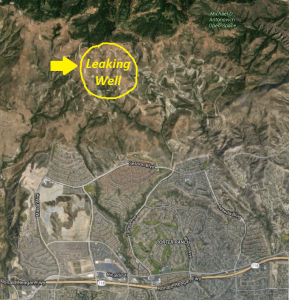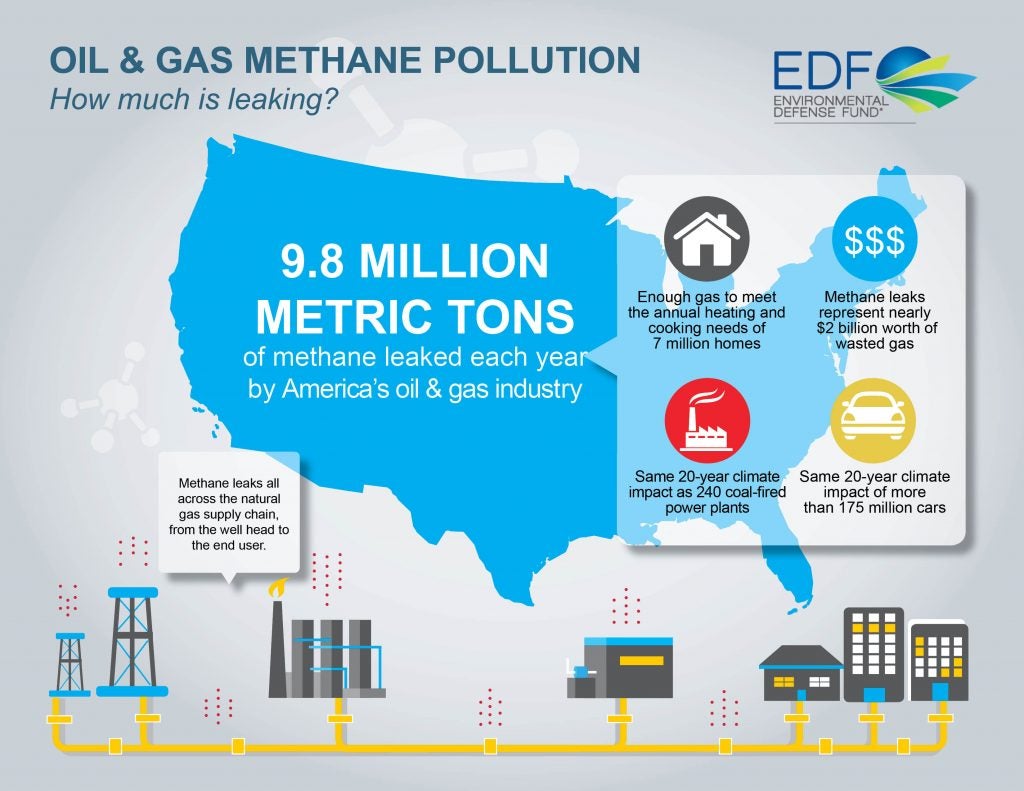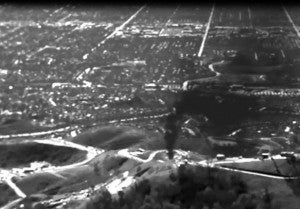 As he settles into his final two years as California’s longest-serving Governor, Jerry Brown has limited time to finalize his energy and climate policy legacy. Meanwhile, with a new crop of state legislators and two new appointees at the California Public Utilities Commission (CPUC), California has a fresh set of actors who will be actively questioning the way things are — and the way things should be.
As he settles into his final two years as California’s longest-serving Governor, Jerry Brown has limited time to finalize his energy and climate policy legacy. Meanwhile, with a new crop of state legislators and two new appointees at the California Public Utilities Commission (CPUC), California has a fresh set of actors who will be actively questioning the way things are — and the way things should be.
While there are a lot of economic sectors that will be under the microscope for the next two years, for natural gas policy, these five key opportunities will likely have the most relevance. Read More
 After months of speculation, the California agency in charge of setting standards for oil and gas operations (“DOGGR”)
After months of speculation, the California agency in charge of setting standards for oil and gas operations (“DOGGR”)  Yesterday, the Southern California Gas Company filed for permission to resume operations through approved wells at its Aliso Canyon gas storage facility, saying it has completed key safety tests. The facility has been offline over the last year, after it sprung one of the largest gas leaks ever recorded.
Yesterday, the Southern California Gas Company filed for permission to resume operations through approved wells at its Aliso Canyon gas storage facility, saying it has completed key safety tests. The facility has been offline over the last year, after it sprung one of the largest gas leaks ever recorded.
